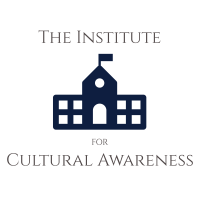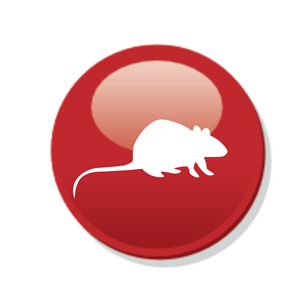
- Plan and oversee harvest and creature creation to stay away from pest issues
- select a site that is earth fit to the yield, or select a harvest or yield assortment to fit the developing site to limit the inclination of the yield to pest assault or rivalry
- streamline yield and creature wellbeing to stay away from inclination towards pest pervasion
- energize the foundation of accessible natural control specialists that can hold pests back from becoming issues
- utilize prescribed harvest and fertilizer the board practices to forestall or lessen the gamble of drawing in and laying out pests
Model: Brussels sprout assortment ‘Vancouver’ is utilized in the Fraser Valley due to its appropriateness to that environment and its sickness resilience to microorganisms important to the area. See more about pests by click here https://www.fdacs.gov/content/download/2984/file/pesticide
- Comprehend and Identify the pest
Foster an administration procedure utilizing data on how the pest, yield, and climate influence each other. Decide:
- instructions to accurately recognize the pest and the harm it causes to a harvest
- the pest’s life cycle and its favored food and climate prerequisites − most nuisances go through something like one formative stage where control measures and items are best
→various items might focus on an alternate life cycle stage
→timing the utilization of control devices and activities to happen at the pests’ vulnerable stage
- what conditions advance pest presentation, improvement, and populace increment
- instructions to recognize any advantageous creatures that eat, rival, or parasitize the vermin
Model: Two parasitic infections of chrysanthemum should be appropriately distinguished because one (earthy-colored rust) causes minor harm and isn’t of administrative importance and the other (white rust) is obtrusive vermin directed by the Canadian Food Inspection Agency (CFIA). Ill-advised ID or a defer in real life will bring about more noteworthy pervasion and critical harvest misfortunes.
- Screen populaces of vermin and helpful organic entities, pest harm, and ecological circumstances
Screen the harvest, group, or crowd routinely to gather data on:
- the overflow and progressive phase of pest populaces
- the quantities of valuable creatures present
- the yield stage and force
- how much yield harm
- temperature and dampness conditions – utilized in models to anticipate the event of explicit pest stages which can aid choices in regards to the planning of pest the executive’s activities
Model: Using an apple scab gauging model to decide when fungicides ought to be applied to safeguard apple plantations. The model purposes leaf wetness and temperature information to anticipate the most probable time of contamination.
- Utilize monetary edges (where conceivable) and previous involvement with settling on pest control choices. Preferably, nuisances are controlled ahead of arriving at a level that causes unsuitable financial harm. There is no such thing as in any case, such limited information for most pests.
Consider the accompanying contemplations while choosing if and when control activities are important:
- use pest numbers and life-stage data from observing
→the powerlessness of the harvest to harm at different phases of development
→pesticide use limitations, for example, pre-collect span, reemergence stretch, cradle zone
- contrast the vermin control cost and the worth of possible misfortunes (amount or potentially quality) on the off chance that the pest isn’t controlled (cost/benefit investigation)
→financial limits are explicit for given crop/pest blends and can change relying upon nearby harvest values and control costs
- talk with neighborhood specialists or use previous encounters to settle on control choices




